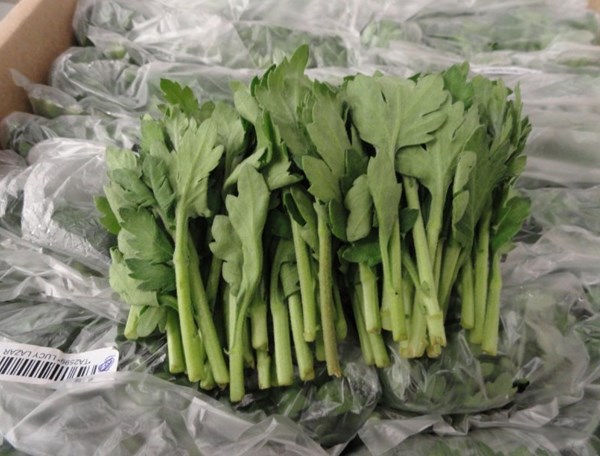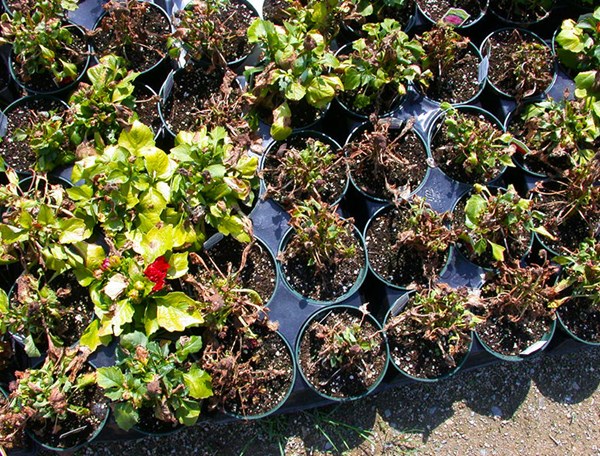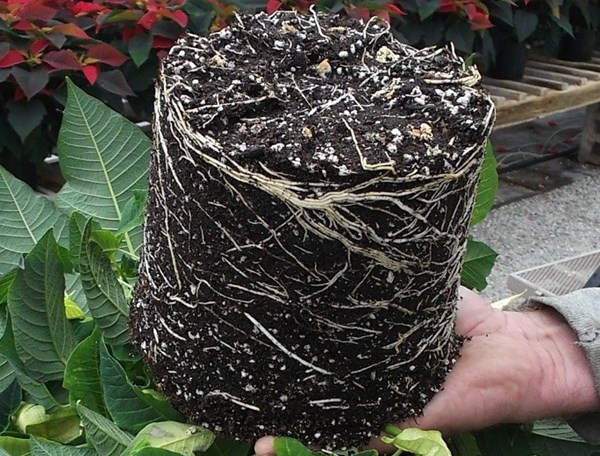Training Center
Common root diseases of Chrysanthemums
Thursday, September 7, 2023 | Lance Lawson
Nicknamed “mums”, chrysanthemums are one of fall’s quintessential flowers. Chrysanthemums are available in a wide variety of colors, shapes and sizes. Some of them are more suited for cut flower production and others for outdoor planting.
Mums in many parts of the world have special cultural and spiritual meanings. They are also an important part of the celebration of certain holidays or days of remembrance and can bring plenty of autumn color to a garden or home, fitting any color scheme. There are about 100 cultivars that are well suited for and widely grown as flowering potted plants.
Along with all of the beauty mums have to offer, there is also the potential for root disease and other production problems, as with any greenhouse production crop. Knowing what the common root diseases and their symptoms are can help prevent loss and damage of these wonderful plants. The most common root diseases diagnosed in production of mums include Pythium root rot, Fusarium wilt and Rhizoctonia blight.
Pythium Root Rot
Pythium spp. are water mold pathogens that favor cool and wet conditions. Water molds produce swimming spores that move in freestanding water that may puddle underneath pots. Pythium infects at the tip of the roots and then colonize the root system, causing root damage and loss.
Signs of poor root health are blackened or rotted roots. Thus, plants will wilt from lack of water uptake. Diseased roots will not take up fertilizer, compounding the problem with high soluble salts in the growing medium.
Fusarium Wilt
Fusarium fungi infect the plant roots and then colonize into the internal vascular tissue. The collapse or destruction of these water and nutrient transportation systems can result in the starvation of the upper parts of the plant.
Brown decaying streaks may be visible on the outer surface of the stems and will often be apparent on a single branch or plantlet before infecting the rest of the plant. Fusarium wilt is often present with one or more other media/soil-borne diseases.
Rhizoctonia Blight
Rhizoctonia is a fungus that does not produce spores but moves via the growth of threadlike masses called mycelia. Initial infection begins at the growing medium's surface and is responsible for crown rot. Rhizoctonia will present with reddish-brown dead areas at soil line and girdle the plant.
An important factor in the prevention of these root diseases is choosing a growing medium that has the physical and chemical characteristics best suited for growing mums. This medium should have the correct combination of physical components to allow for proper drainage and aeration, but at the same time it should have a good nutrient and moisture holding capacity. The initial pH of the growing medium should be in the 5.8 – 6.4 range with an E.C. of less than 1.2 (mmhos/cm).
For more information, contact your Premier Tech Grower Services Representative:
 |
 |
 |
 |
|---|---|---|---|
|
Ed Bloodnick |
Nathan Wallace-Springer |
Lance Lawson |
Victor Brantly |
 |
 |
 |
|
|
Troy Buechel |
Susan Parent |
Jose Chen Lopez |
PRO-MIX® is a registered trademark of PREMIER HORTICULTURE Ltd.
Related Articles
-
Tips on Fertilizing Mums with Water Soluble Fertilizer
Young plants and flowering mums require lower fertilizer application rates (due to slower growth rates), while mums that are actively growing require higher fertilizer application rates.
-
Preventing Root Diseases: Pre-Planting, Planting and Post-Planting Tips
Root diseases can lead to considerable losses in crops, increased fungicide applications and reduced crop quality. There are several useful tips that, when followed, will help improve the growing environment to reduce potential root disease outbreaks.
-
The process of respiration in plants involves using the sugars produced during photosynthesis plus oxygen to produce energy for plant growth.

 Where to find our products
Where to find our products




